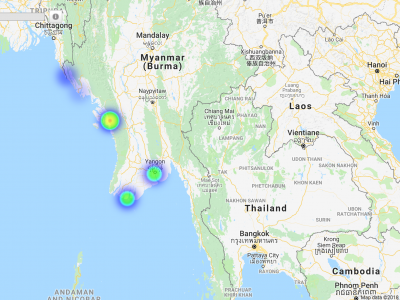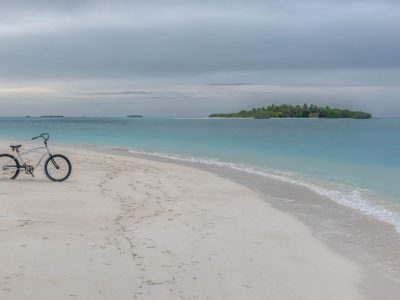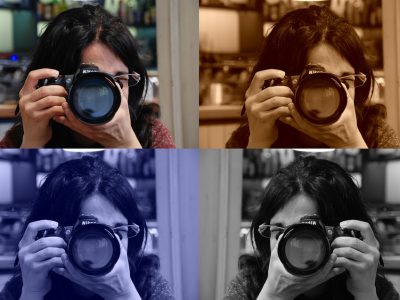“We need to find different ways to respond to media”
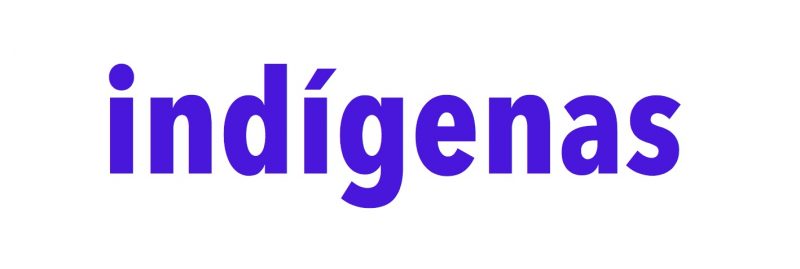
Reframed Stories asks people to respond to dominant themes in news coverage about themselves and the issues that affect them. The stories center on the reflections of persons who are more often represented by others than by themselves in media.
Juan Diego Andrango is a collaborator at the Confederation of the Indigenous Nationalities of Ecuador (CONAIE) in Quito, Ecuador.
Para mí este gráfico demuestra que en los medios de comunicación se utiliza la palabra indígena de forma genérica. También veo repuntes en donde existe mayor conflictividad entre los pueblos y nacionalidades, y veo que el discurso de los medios gira alrededor del estado, con palabras como “presidente” y “gobierno”. Esto indica que los medios dan más importancia y espacio a la visión del estado que a la de la propia gente.
I think this graphic demonstrates that media tend to use the word ‘indigenous’ in a generic way. I also see some increased coverage in the moments where there was more conflict between communities, and I notice that discourse in media seems to focus on the state’s response, with words such as ‘president’ and ‘government’ showing up. This indicates that media gives more importance and space to the state's point of view than to that of the people.

Dominant words in stories including the term ‘indígena’ between January 2016 and January 2017 in Ecuador’s Spanish-language media outlets. Source: Media Cloud.
Hay algunos términos que hacen mucha falta o que aparecen más pequeños en el gráfico, como “lucha” y “resistencia”. Esto demuestra que estos hechos no están saliendo suficientemente en los medios de comunicación. Estos conceptos pueden estar más implícitos en la cuestión más interna de los procesos comunicativos propios; sin embargo, esta nube de palabras me sugiere que están faltando de una forma más representativa en los medios masivos.
Esta ausencia me hace pensar que necesitamos encontrar formas diferentes de responder a la cobertura sobre temas importantes para nosotros.
Porque esta imagen me demuestra que los medios de comunicación masivos tienden a representar cosas más ligadas a los intereses comerciales y a generar información desde su propia perspectiva o la del poder de estado, pero opacan a los pueblos y nacionalidades y no generan información desde sus realidades.
There are some terms that are missing for me, or are smaller in the graphic, such as ‘fight’ or ‘resistance’, suggesting that these words are not coming up enough in media coverage. These notions might be more implicit within the internal communication processes of communities, but what this word cloud suggests to me is that they should be more present in media.
This silence and the words that are missing in the communication spaces helps me think that we need to find different ways to respond to media.
Because, to me, this image shows that mainstream media tend to represent aspects more linked to commercial interests and to generate information from their own perspective, or from the perspective of the power of the state, often neglecting the points of view of indigenous communities and nationalities. As a result, the information mainstream media disseminates is not generated from our realities.
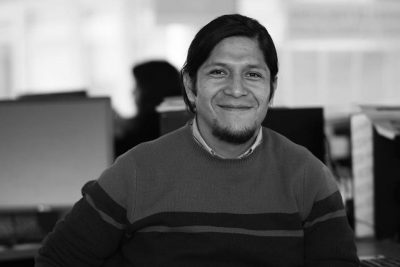
Juan Diego Andrango, reproduced with permission.
This is part of a Rising Frames series developed in close collaboration with the indigenous community of Sarayaku and the Shuar nationality, both situated in the Ecuadorian Amazon region. The Sarayaku and Shuar people have battled at national and international levels to stop extraction projects in their territories, and public messaging has been an important part of this struggle. We asked members to respond to media analysis that suggests how topics related to their communities are represented in news.


